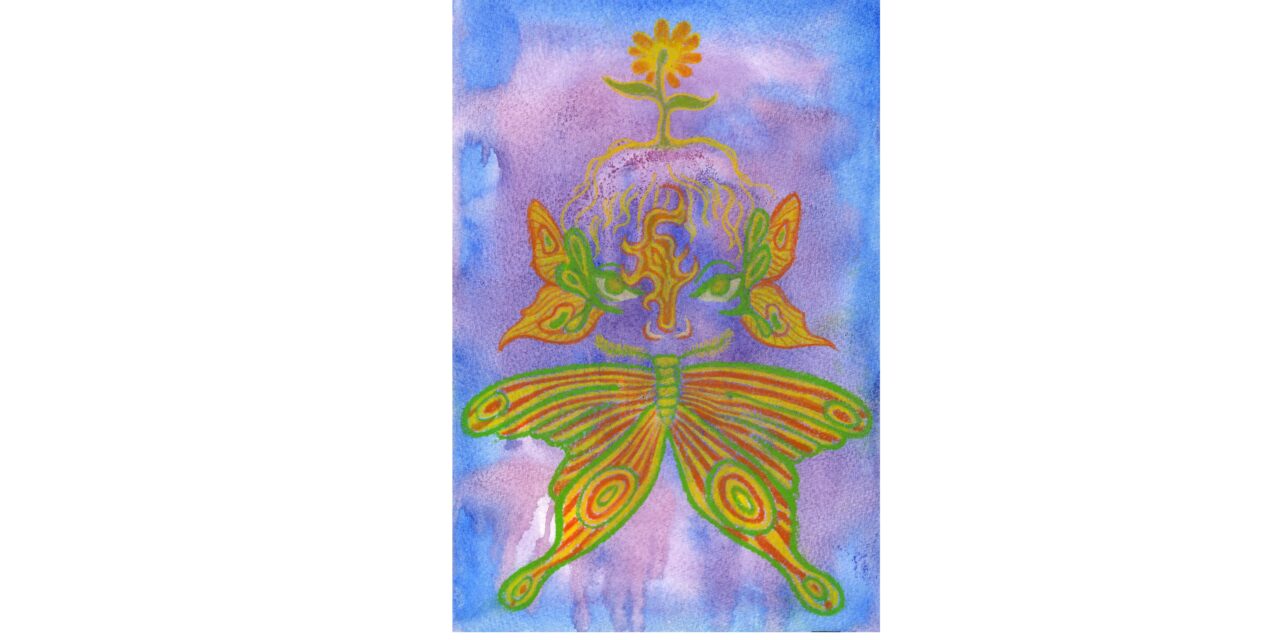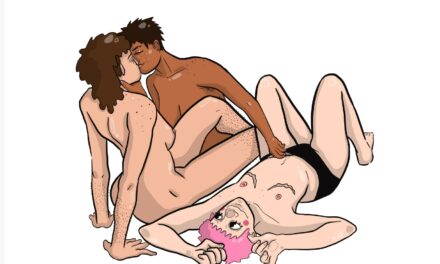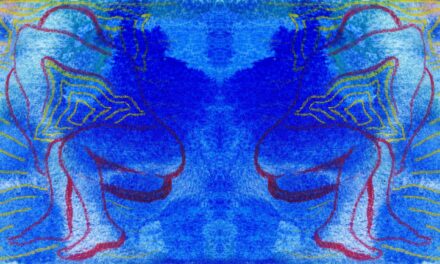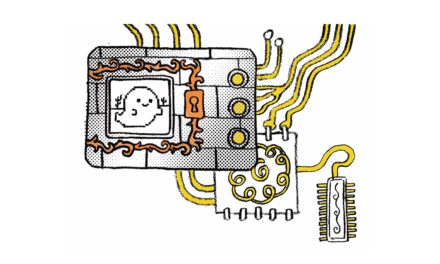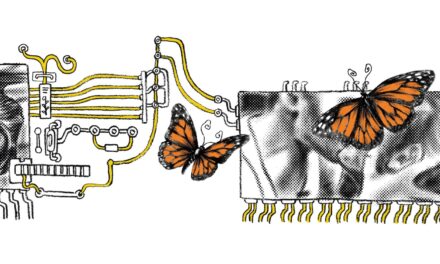Connoisseurs of English literature will recognise the above heading as the title of a work by the 19th-century novelist Jane Austen. For our ‘queer’ community the word ‘pride’ has special connotations – and prejudice against us is still a reality that we need to acknowledge and confront.
As ‘Pride’ season is in full swing, my thoughts turn to an event which I hope will become a permanent fixture in the calendar: the Luxembourg Pride Run. This first took place in 2023 (during Luxembourg’s ‘Pride Week’ in early July) and is to be repeated during the corresponding week in July of this year.
As such events go, it is not – in physical terms at least – particularly demanding: participants have a choice between a 5km and a 10km circuit around the old town, and they are perfectly entitled to walk the route if they find running too demanding. However, symbolically its significance can hardly be overstated. The organisation of such an event reflects how far a traditionally conservative country has progressed in acknowledging and even welcoming the LGBTQ+ community. It provides participants with a platform to show solidarity, share communal experiences and (in certain cases at least) showcase athletic prowess. I signed up for last year’s event (and will do so for this year’s, too) not because I like or am particularly good at running (my ‘style’ alternates between short sprints and longer walking stages) but because I consider it important for the ‘queer’ community to have a visible public presence and to show the rest of the world that being sexually unconventional is not incompatible with a high level of physical fitness and sporting achievement (The stereotyped view of gay men as ‘just a bunch of effete poofters’ dies hard.).
I also have personal reasons for taking part in the event. At school I was a poor sportsman and was often ridiculed by my classmates – and even by the PE [physical education] teacher – for my lamentable performance on the football field and the cricket pitch. Only later in life did I discover that sport need not be competitive and that if I am allowed to take part in an event such as the Luxembourg Pride Run where no one is going to judge me on my performance, I can enjoy the experience (and at the same time stick two metaphorical fingers up at those who mocked me in my youth). And then, having spent so many of my younger years ‘in the closet’, I like to take advantage of opportunities to tell the world that I am ‘out’ now and no longer afraid to make a public statement of my sexuality.
So much for the ‘pride’ bit – where does the ‘prejudice’ come in? Although it is perfectly true that – in the more liberal parts of the world at least – mainstream society has become much more tolerant and accepting of minorities in general and of the ‘sexually diverse’ in particular, one area in which being anything other than 100% heterosexual is still a major handicap (no ‘golf’ pun intended!) is a professional sport. As far as I am aware, men and women who make their living on the rugby field or the tennis court are no more and no less likely to be LGBT+ than the ordinary man or woman in the street – which means that, on average, between 5% and 10% of professional athletes should be eligible to join our ‘queer’ community. Yet how many such people are ‘out and proud’? Off the top of my head, I could name but a handful at most: the US and Czech-American tennis players Billie Jean King and Martina Navrátilová, the English springboard diver Tom Daley, the Welsh rugby player Gareth Thomas and the British-Nigerian footballer Justin Fashanu. None of them had a particularly easy time after revealing their sexuality: Billie Jean King became entangled in an expensive lawsuit filed against her by a former female lover, Martina Navrátilová was promptly dropped by a number of her sponsors, Tom Daley received homophobic abuse via social media, Gareth Thomas faced a chorus of homophobic chanting from some of his club’s fans, and Justin Fashanu tragically took his own life after being accused – falsely, in his view – of sexual assault.
So just what are the factors that make it so difficult for gay sportsmen to be open about their sexual orientation? (In recent years a few female football players have ‘made the leap’ and openly acknowledged their sexuality, but that is a step that still seems to be ‘a bridge too far’ for their male counterparts.)
This – I am afraid to say – is where the ‘prejudice’ bit comes in (‘big time’, as the Americans would put it). All the prejudices that mainstream society long held against the ‘queer’ community in general still seem to be alive and kicking where gay sportsmen are concerned.
One commonly held view is that gay men are ‘weaklings’ lacking in the physical, emotional, mental and psychological strength needed to compete effectively at the highest levels of professional sport. Hence a gay player would have good reason for not ‘coming out’ to his team-mates, lest they consider him ‘not up to it’ or deficient in terms of ‘true grit’ and ‘the right stuff’.
A similar reticence no doubt prevails in the case of sports involving close bodily contact – rugby and wrestling being obvious examples. In rugby scrums and rugby tackles it is not unknown for one player to grab another player’s testicles to inflict excruciating, crippling pain – thereby temporarily disabling his opponent. A rugby player known to be gay might be suspected of having a rather different motivation for such an act.
Physical proximity is also on the menu in communal changing rooms and shower facilities. If he revealed his sexuality, a gay player would likely be the target of behaviour ranging from banter and teasing to bullying, aggression and ostracism.
And then there are the fans to think about. Professional sports clubs are financially dependent on their fan-base: they need their supporters to buy tickets to their matches and to purchase their sponsors’ products. So, anything that might alienate those supporters – such as the presence of ‘queer’ players in the clubs’ teams – must be avoided (or, at least, concealed). The public image of high-profile ‘star players’ must be kept squeaky-clean and untarnished by anything – such as rumours or allegations of ‘sexual deviance’ – that might besmirch it. The average sports spectator is not necessarily the most sophisticated of creatures (English football fans, for example, have a better reputation for wanton violence than for enlightened liberalism) and is unlikely to be sympathetic towards anyone who departs from the heterosexual norm.
In a more innocent age, sport was – ironically enough – the gay man’s ally, if not to say friend. In the days when an attraction to the same sex could not be publicly stated or acted upon, sports clubs provided an opportunity for ‘male bonding’ and for ‘getting up close’, (and often dirty; winter rugby and football matches tend to be muddy affairs). And then there was the clothing that sportsmen wore: rugby players’ jockstraps inside their tight-fitting shorts, cricketers’ boxes [genital protectors] inside their crisp whites [the white trousers, shirt and sweater worn for cricket]. For those too old, too infirm or too unfit to participate, spectator sport provided an opportunity to watch athletic young men in well-tailored sports gear running around a playing field or across a tennis court – and what could be more homoerotic than that? For those of an artistic bent (a word to be used with caution in this context!) the depiction of sport through drawing, painting, photography or even sculpture provided an outlet for urges that could not safely be expressed within a society where homosexuality was at best a taboo and at worst a criminal offence.
The battle for ‘queer acceptance’ has been fought – and won – in other domains which were long regarded as no-go areas for LGBT+ folk. Homosexuals were for many years banned from employment in the UK’s armed forces and diplomatic service – yet few nuts are too tough to crack and persistent campaigning eventually put a stop to that particularly blatant form of discrimination. Is it too much to hope that professional sport will one day embrace its ‘queer’ members and acknowledge them for what they are, namely outstanding athletes who just happen to be sexually left-handed? (As a genuine left-hander myself, I am allowed to write that.) If nothing else, amateur events such as the Luxembourg Pride Run serve to demonstrate that there is nothing at all odd about ‘queer sport’, that athleticism is not the exclusive preserve of heterosexuals and that a fine performance in any field should be a cause for celebration, irrespective of where the performer stands on the sexual spectrum. As I once said many years ago to my rather sceptical mother, ‘Homosexuality isn’t a sin, it isn’t a crime, it isn’t a disease – it just is.’ And nor – in defiance of all prejudice and as illustrated by countless examples, including those of the professional sports folk who have had the courage to come out – is it a bar to achievement at the highest level in any sphere of human endeavour. And that should be a source of pride to us all.
Illustration: Ernesto Testi

